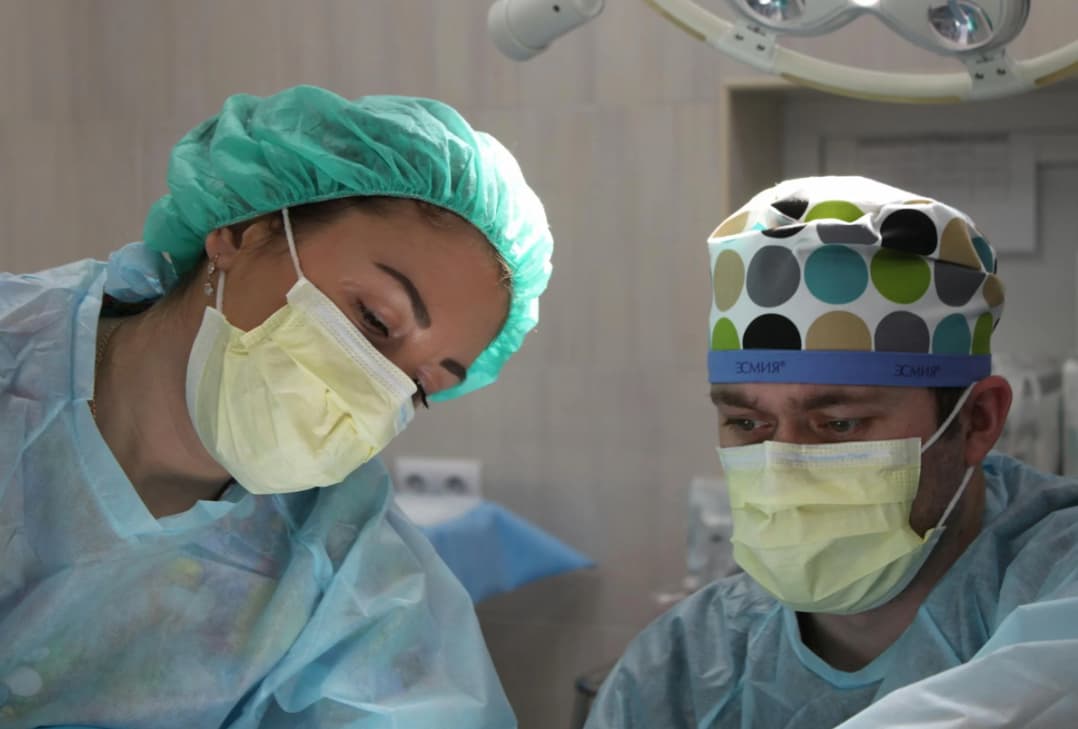Persistent frenulum, often referred to in the context of the lingual frenulum or frenulum of the tongue, is a topic that delves into the realm of oral anatomy, exploring an aspect that can significantly impact an individual’s oral functionality and overall well-being.
Understanding the Frenulum
To grasp the concept of a persistent frenulum, it is crucial to first understand what a frenulum is. The human body contains several frenula (plural for frenulum), which are small folds of tissue that restrict the movement of an organ or part. The frenulum of the tongue, also known as the lingual frenulum, is a notable example. This is a thin band of tissue that connects the underside of the tongue to the floor of the mouth, playing a critical role in oral mobility and functionality.
What Does “Persistent” Mean in Persistent Frenulum?
The term “persistent” in this context refers to a frenulum that remains overly restrictive, not allowing the tongue or the connected organ to move freely. This condition is often identified at birth or early childhood and can persist if not addressed, hence the term “persistent frenulum.”
Implications of a Persistent Frenulum
The presence of a persistent frenulum can have a variety of implications for an individual, affecting both infants and adults in different but significant ways.
In Infants
In infants, a persistent frenulum, often termed as a “tongue-tie,” can lead to challenges with breastfeeding. The restricted movement of the tongue may prevent the infant from latching properly, which can result in inadequate nutrition, poor weight gain, and distress for both the infant and the mother. Furthermore, this condition can also impact the infant’s ability to develop proper sucking mechanisms, which are crucial for feeding.
In Older Children and Adults
As children with a persistent frenulum grow, they may face challenges beyond feeding. Speech difficulties are common, as the mobility of the tongue is essential for articulation. A restricted tongue can hinder the ability to produce certain sounds correctly, leading to speech impediments.
Moreover, oral hygiene can become a concern as the limited movement of the tongue may inhibit the ability to clean the mouth effectively, potentially leading to dental problems. Social interactions and self-esteem may also be affected due to the visible and functional aspects of the condition.
Causes of a Persistent Frenulum
The exact cause of a persistent frenulum is not always clear but is believed to be linked to genetic factors. In many cases, it is observed to run in families, suggesting a hereditary component. Environmental factors during pregnancy have also been speculated to contribute, but more research is needed to fully understand the etiology of this condition.
Diagnosis
Diagnosing a persistent frenulum is a crucial step in ensuring that individuals receive the appropriate care and treatment to manage this condition effectively. This diagnosis process is inherently clinical and relies heavily on the expertise of healthcare professionals who conduct a thorough examination of the oral cavity. The primary focus of this examination is to identify any signs of restriction in tongue movement, which is indicative of a persistent frenulum. This assessment is comprehensive and considers the multifaceted impact of the condition on the individual’s daily life, particularly in areas crucial for early development and overall oral health.
The diagnosis involves several key observations and assessments:
- Examination of Tongue Mobility: The healthcare provider will look for limitations in the tongue’s range of motion, checking how far the tongue can extend and lift;
- Feeding Evaluation: For infants, a crucial part of the diagnosis involves observing feeding patterns, including the ability to latch during breastfeeding, which can be significantly affected by a restricted frenulum;
- Speech Assessment: Evaluating the clarity of speech and the ability to articulate different sounds correctly is another essential component, especially for older children and adults;
- Oral Hygiene Impact: The examination also considers the impact of the frenulum on oral hygiene practices, assessing whether the restricted movement of the tongue hampers the ability to clean the mouth effectively.
Through this detailed examination, healthcare providers can accurately diagnose a persistent frenulum, paving the way for targeted treatment options that address the specific needs of the individual.
Treatment Options
The management of a persistent frenulum depends on the severity of the condition and the impact on the individual’s quality of life. Several treatment options are available:
Frenotomy
A frenotomy not only aids in breastfeeding but can also have far-reaching benefits for the infant’s overall oral development and health. The procedure typically takes only a few minutes and involves a quick snip of the frenulum under sterile conditions. Post-procedure, parents are often advised on exercises to prevent reattachment and to encourage healing. Remarkably, most infants can breastfeed almost immediately after a frenotomy, which can lead to immediate improvements in feeding effectiveness and comfort for both mother and child. This quick and straightforward intervention can dramatically enhance an infant’s ability to feed efficiently and support optimal oral development.
Frenuloplasty
Frenuloplasty offers a more comprehensive solution for those with a more significantly restricted frenulum. This procedure not only involves cutting but also the removal or repositioning of the frenulum tissue, followed by suturing the area to enhance healing and mobility. Post-operative care may include pain management, specific oral exercises, and in some cases, follow-up visits to ensure proper healing and function. The goal of frenuloplasty is to achieve a greater range of tongue movement, which can significantly improve speech clarity, ease of eating, and oral hygiene practices. It’s a crucial option for individuals for whom a frenotomy might not be sufficient to resolve the functional limitations posed by a persistent frenulum.
Speech and Physical Therapy
Speech and physical therapy play pivotal roles in managing the long-term implications of a persistent frenulum, especially when surgical intervention is not an option or as a complement to surgery. Speech therapists can work on specific exercises and strategies to improve articulation, clarity, and speech fluidity, targeting the sounds and words most affected by limited tongue mobility. Physical therapy, focusing on the tongue and oral structures, can enhance strength, flexibility, and range of motion, further supporting speech improvements. These therapies not only address the physical constraints of a persistent frenulum but also bolster confidence and social interactions, critical aspects of psychological well-being.
Conclusion
A persistent frenulum is a condition that, while often overlooked, can have profound implications on an individual’s oral functionality and quality of life. From affecting breastfeeding in infants to causing speech impediments and social challenges in older children and adults, its impact is far-reaching. However, with proper diagnosis and a range of treatment options available, individuals affected by a persistent frenulum can receive the help they need to overcome the challenges it poses. The key lies in early detection and intervention, underscoring the importance of awareness and timely medical consultation. Through such measures, those affected can achieve improved oral mobility, better health outcomes, and enhanced well-being.
FAQs:
A persistent frenulum, particularly in the form of tongue-tie, is relatively common. It is estimated that tongue-tie affects about 4-11% of newborns. However, the condition’s visibility and diagnosis rates can vary due to differences in clinical opinions and the severity of symptoms presented. Not all cases require intervention, which also influences reporting and awareness levels.
Yes, a persistent frenulum can impact adult health, even if it wasn’t considered a problem during childhood. In some individuals, the condition might only become problematic later in life due to the development of dental issues, challenges with oral hygiene, or the onset of speech difficulties. Additionally, some adults may experience discomfort or limitations during certain oral activities, including eating and speaking, which can affect their quality of life. Thus, evaluation and treatment remain relevant across all age groups.
If left untreated, a persistent frenulum can lead to various long-term complications, including speech impediments, difficulties with oral hygiene, dental problems, and even social or psychological impacts due to impaired oral function. These complications underscore the importance of early diagnosis and treatment to prevent potential long-term issues.
No, surgery is not the only treatment option for a persistent frenulum. While frenotomy and frenuloplasty are common surgical interventions for severe cases, other non-surgical approaches, such as speech therapy and physical therapy, can also be effective. These therapies are particularly useful for improving speech articulation and tongue mobility. The choice of treatment should be tailored to the individual’s specific needs and the severity of their condition.



